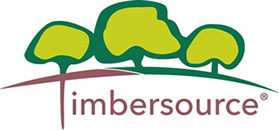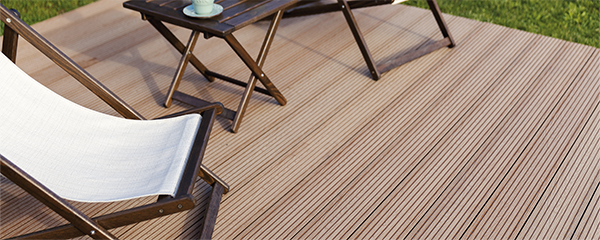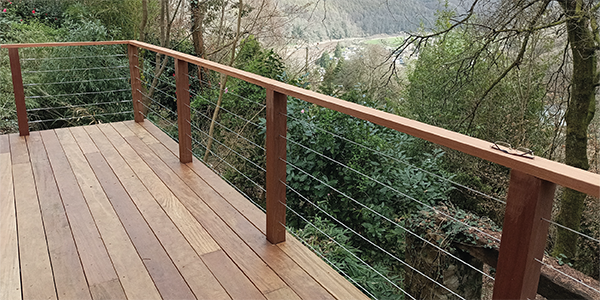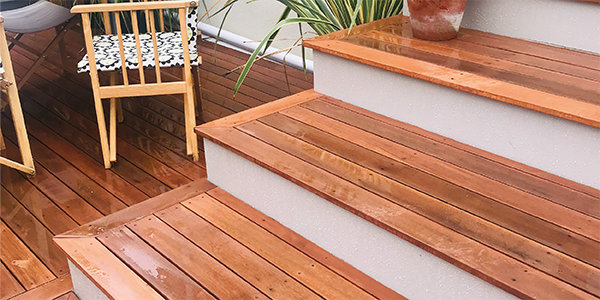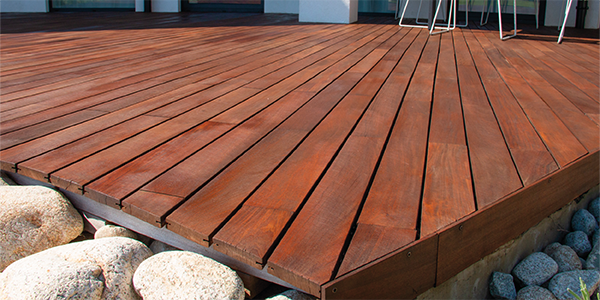Do I need grooved boards for my decking?
Top tips on buying decking boards
What are the grooves for on decking boards?
This is quite often the cause of a lot of confusion with decking. A lot of people assume that the grooves on decking boards create an anti-slip surface. This has never really been proven to prevent slipping especially length-ways along the grooves and when wet or covered in algae. The grooves on decking are actually designed for 2 main reasons. When the grooves make contact with the joists underneath at right angles they minimise a wet contact point which reduces the chance of rot. The other reason is to act as stress relief grooves like floorboards where it reduces the chance of thin deck boards curling.
Can I just choose any timber for decking boards?
Provided the timber is externally rated, treated or protected you can use any timber for outside decking. You don’t have to have a timber machined to a shape or profile with the grooves. You will need to have the timber planed all round and square edged though as this process not only makes the boards smooth and splinter free but it regularises the boards so they are consistent in thickness and width along the length.
***Top Tip***
Make sure you ask your timber merchant or carpenter to put a pencil round, aris, small radius to the long edges of your timber planks. This will prevent a sharpe edge from cutting or splintering bare feet.
Is treated pine good for decking?
Treated pine timber is usually a spruce or whitewood pine and is very low cost. Large volumes of treated or tanalised pine deck bboards are being milled and treated in large volumes making the unit costs low. Builder’s merchants and DIY stores make this a very competitive product and you can pick this up for around £4 a linear metre. The drawbacks with this timber type is that it is low quality and has lots of knots which can fall out causing snag points underfoot. Despite being treated this is still a superficial treatment to non-external rated pine which means as the treatment wears off it will start to rot and will certainly start to look tired within 5 years.
***Top Tip***
When you cross cut the lengths or cut notches in treated pine boards you are exposing the heart of the timber where the treatment hasn’t fully penetrated and this will compromise the durability where fungal attack can occur. Use an end grain wood preservative to protect the cut ends.
What is a good Hardwood for decking boards?
You need an externally rated hardwood for outdoor use for decking boards. In the UK timber is subjected to a high amount of water that often doesn’t get chance to dry out for long periods. A hardwood that is grown in wet climates and has a lot of natural oils is great for this. African timbers from the jungle such as Iroko and Sapele are very durable. Balau from Indonesia is a very common hardwood for decking.
What is a good softwood for decking boards?
North America Douglas Fir, Canadian Cedar and Siberian Larch are naturally resinous timbers that offer a great resilience for deck boards. British Softwoods like Larch and Douglas fir can also be externally rated but will have a higher knot content.
Do I need to treat my decking boards?
If you buy an externally rated timber you don’t have to treat them. Most timbers with natural oils will have their own natural resilience to protect against fungal attack. All natural solid timbers will ‘silver down’ or go grey when in contact with UV from sunlight. UV protection oils can slow down this silvering process and retain the natural wood colour for longer. You should always check with oil manufacturers or your timber merchant on the compatibility of certain oils with timber types.
If you need to get any more info on what timbers are good for decking, price and availability you can get in touch with our helpful team of experts.
